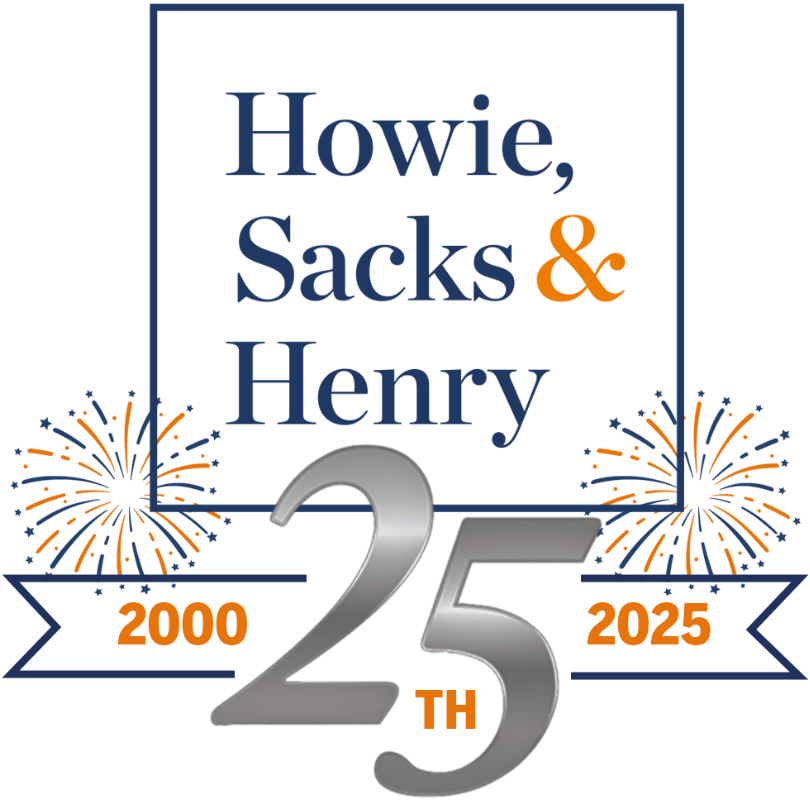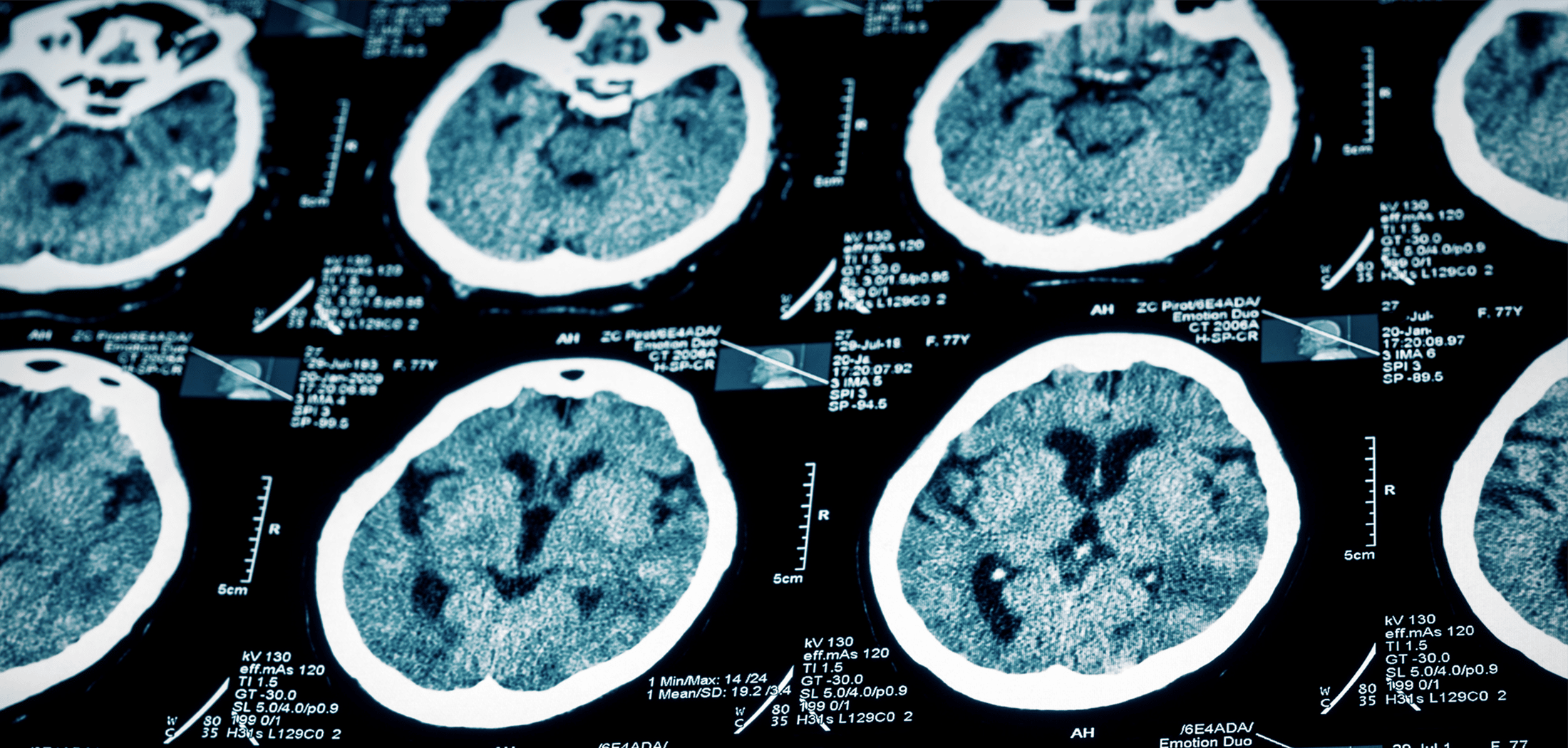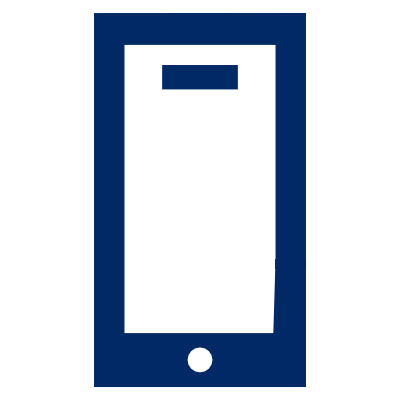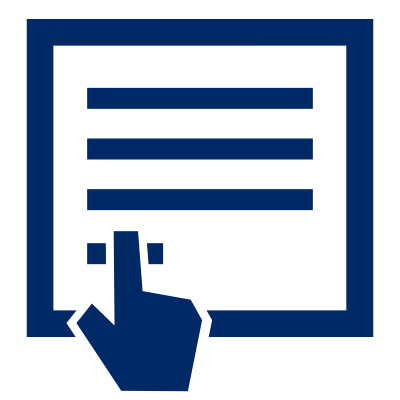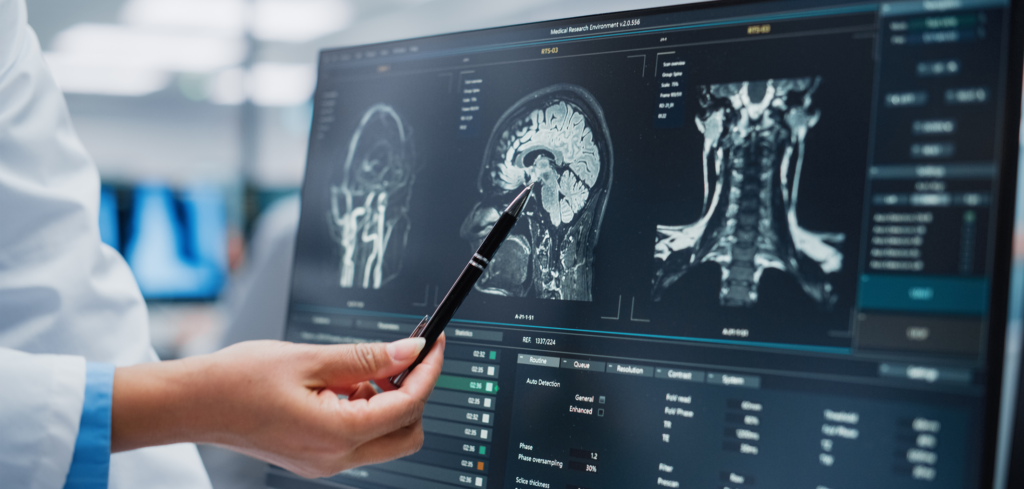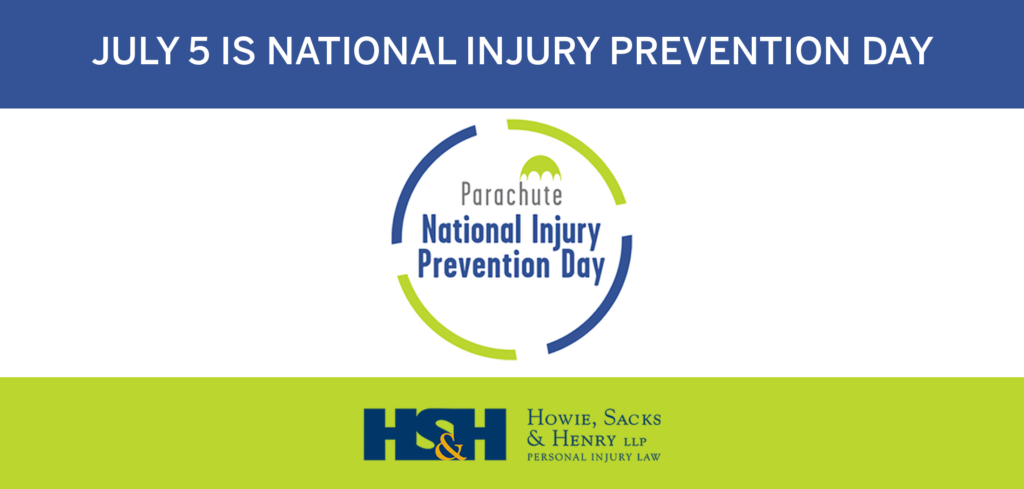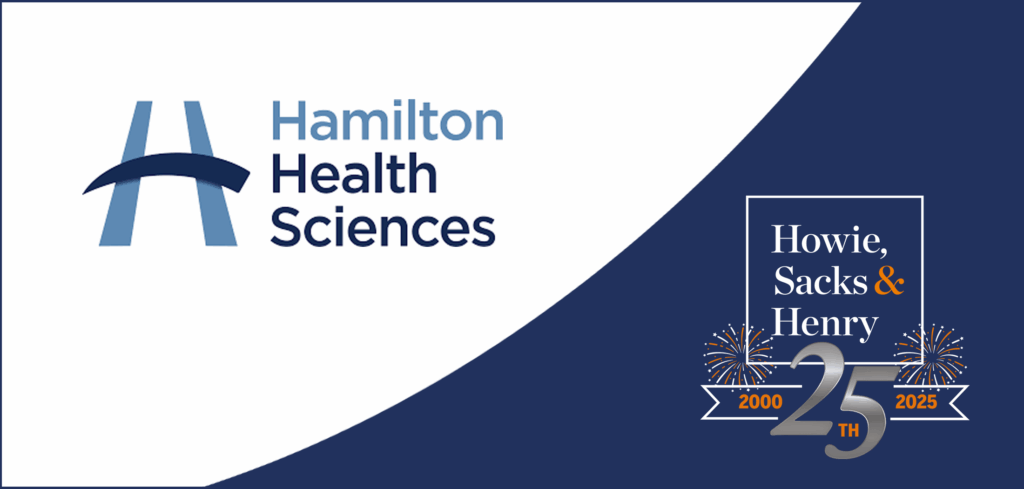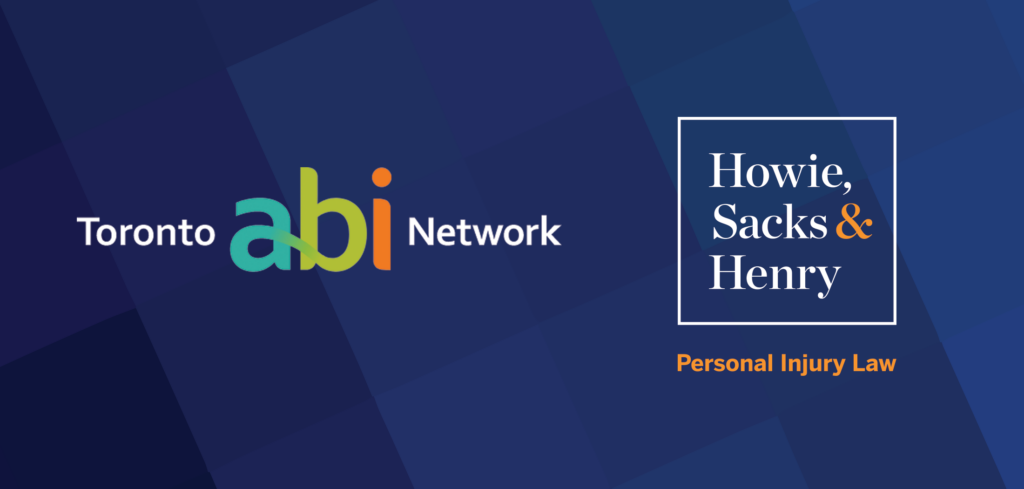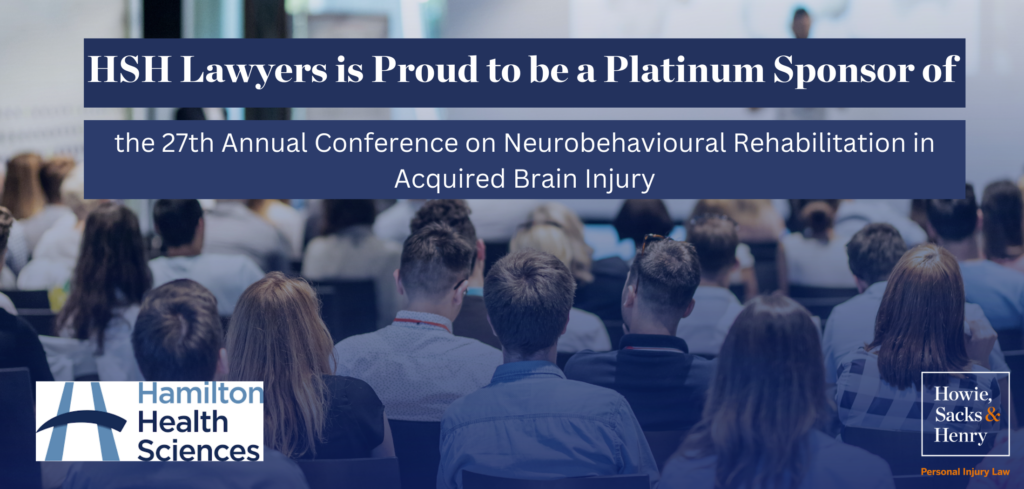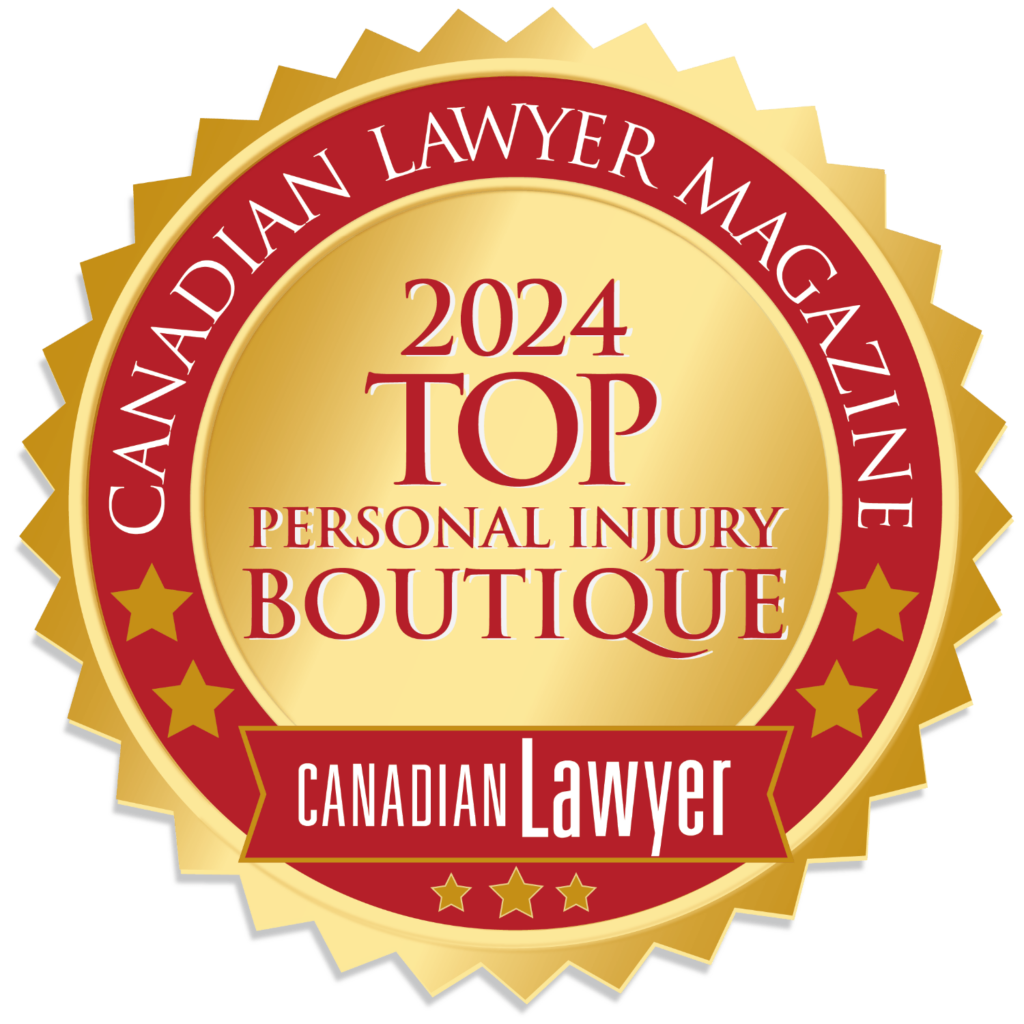Simply put, the brain is the most important organ in the human body. It controls every process that regulates our bodies, from cognition, to motor skills, to emotion, to sensory processing, to basic functions such as breathing.
The brain’s complexity is staggering. But when someone suffers a serious brain injury, we do know the impact is likely to be life altering or even catastrophic. Whether it’s sustained in a motor vehicle accident, slip and fall, physical altercation, or sports activity, caused by illness, or the result of a birth injury, most brain damage is permanent.
There is reason for hope, however. Research has shown the brain’s plasticity gives it a remarkable ability to create new pathways when others are disrupted, and breathtaking advances in medical treatments are helping to arrest degeneration of this organ and potentially even reverse some of what has been lost.
If you or a loved one has suffered a severe brain injury, Howie, Sacks & Henry LLP can help you understand your legal rights and whether you may be eligible for compensation. You deserve to have a trusted advocate and steadfast supporter on your side and by your side on the road to recovery and rehabilitation. And at HSH, Hope Starts Here.
At A Glance
- Brain injuries can be congenital or acquired at any point in life through illness or accident.
- Falls, motor vehicle accidents, contact sports, oxygen deprivation, physical assaults, strokes, infections, and tumours are common causes of brain injuries
- You may be able to make a claim for damages if another person’s negligent or intentional actions caused or contributed to your brain injury.
- An HSH brain injury lawyer has the knowledge, experience, and skill to litigate even the most complex brain injury cases.
How Are Brain Injuries Categorized?
Brain injuries can be congenital (damage sustained to the fetal brain during pregnancy, or an infant’s brain during delivery or for the first six months following birth), or non-congenital (an acquired brain injury occurring after birth or early infancy).
Congenital brain injuries are caused by disruptions to the normal development of the brain through untreated illness/infection, genetic conditions, oxygen deprivation, certain medications or illicit drugs, or trauma to the fetus during pregnancy or to the infant during labour or the period following birth.
Non-congentital brain injuries are also known as acquired brain injuries (ABIs). ABIs may result from illness (infections, tumours), disruption to blood flow to all or parts of the brain (strokes, brain haemorrhage, anoxia), or from traumatic brain injuries (TBIs) (when the brain has suffered damage from blunt force trauma or violent movement of the head).
Common types of TBIs include:
- Concussions – Blunt force causing the brain to move in the same direction of the force until it collides with your skull. Concussion symptoms lasting more than a month indicate post-concussion syndrome.
- Contusions – Bruising/mild bleeding on the brain.
- Hemorrhages – Uncontrollable bleeding on the surface of the brain or within brain tissue.
- Intracranial Hematomas – Collections of blood within the brain or between the brain and skull.
- Coup-Contrecoup Brain Injury – Point of impact damage and damage on the opposite side of the brain from where the impact took place.
- Diffuse Axonal Injury – Tears, often microscopic in size, that occur when cerebral tissues twists during violent shaking or movement of the brain.
- Lacerations – Other tears of brain tissue and blood vessels.
- Penetrating Brain Injury – When a foreign object penetrates the skull or a skull fracture occurs and damages brain tissue.
TBIs are generally classified as mild, moderate, or severe depending on symptoms and the extent of lost consciousness according to the Glasgow Coma Scale.
ABIs can be primary (when the damage to the brain happens immediately during or following an event) or secondary (when additional cellular damage occurs in the period following the primary injury).
Brain Injuries: By The Numbers
- Approximately 4% of Canadians, or more than 1.5 million people, live with brain injuries.
- About three babies in every 1,000 full-term births may experience brain damage during birthing. Among pre-term babies, up to 30% will suffer from brain injuries.
- One person suffers a TBI in Canada every three minutes.
- Over 20,000 Canadians are hospitalized for TBIs each year, while more than 150,000 visit hospital emergency departments for TBIs.
- Concussions account for between 80-95% of TBIs. In a given year, more than 400,000 Canadians aged 12 or older will experience one or more concussions.
- Men are more likely than women to sustain TBIs.
- Between one third and four-fifths of women affected by intimate partner violence experience symptoms of TBIs.
- People who are incarcerated have been found to have a higher rate of previous TBI.
- One in 10 adults over the age of 65 have experienced a stroke.
- Strokes are the third leading cause of death in Canada.
- About 55,000 Canadians are living with a brain tumour. In the first year after diagnosis the average patient will visit their health care team an estimated 52 times.
- Self-reported mood disorders are most common among people with traumatic brain injuries (38.3%) or brain tumours (35.5%).
- More than half of the homeless population in Canada have brain injuries.
- Indirect economic costs associated from hospitalized traumatic brain injury among working-age people are estimated to reach $8.1 billion by 2031.
What are the most common causes of brain injuries?
The most frequent brain injury causes vary greatly by age.
During pregnancy, labour, and in the period immediately following birth, common causes of brian injuries include:
- Oxygen deprivation (anoxia), particularly during delivery
- Placental abruption (separation of the uterine wall and placenta leading to poor nutrition and blood/oxygen flow)
- Untreated fetal or maternal infection
- Umbilical cord entanglement or prolapse (disrupting oxygen supply).
- Untreated or poorly managed maternal medical conditions, including substance abuse.
- Kernicterus (untreated jaundice in newborns).
Among infants and toddlers, TBIs from falls or assaults (shaken baby syndrome) are frequent causes of ABIs.
Children and teenagers are most likely to experience TBIs from participation in sports (especially contact sports such as rugby, hockey, ringette and football), motor vehicle accidents, falls, or child abuse.
Adults (aged 20-64) are most likely to sustain ABIs from falls or motor vehicle accidents. And, seniors and elderly people are overwhelmingly likely to experience brain injuries from falls (86%).
Does someone else have liability?
Some brain injuries are not preventable – particularly if genetic predisposition or natural processes are the cause. However, many ABIs occur due to intentional or negligent actions. In some cases, the person who suffers the injury is wholly or partly responsible for the factors leading to the injury. But if another person caused or contributed to the injury, the injured person and/or their family may be entitled to compensation and damages.
Some examples of liability include:
- Motor vehicle accidents – Although everyone injured in Ontario is entitled to make a claim for accident benefits through the Statutory Accident Benefits Schedule (SABS), if you are deemed to be not at fault for the accident or only partially at fault, you may be able to file a lawsuit against someone else who is liable.
- Occupier’s liability – A person or institution responsible for a property must make reasonable efforts to keep people safe from foreseeable harm. If your slip, trip or fall was caused by poor maintenance or failure to alert people to known hazards, you may be able to advance a tort claim. Some examples include: nursing home negligence (failure to have or follow fall prevention plans), municipalities (failing to keep public places and spaces reasonably free from hazards), businesses (failure to maintain stores, offices and exterior properties), private individuals (failure to keep their homes or properties free from hazards).
- Intentional Harm – ABIs sustained during assaults or abuse are intentional acts and not the result of negligence. In these cases, additional heads of damages may be sought from the person responsible.
- Medical malpractice – When a medical practitioner does not meet the standard of care required due to negligence and their patient suffers an injury or loss as a result, they may be found liable. Examples of medical malpractice include: birth injuries, delayed diagnosis or misdiagnosis, improper treatment, medication or surgical errors, improper monitoring of patients.
- In loco parentis – Certain people or institutions responsible for children in their care such as schools must supervise them and keep their property reasonably free from harm based on the doctrine of acting as a “reasonably prudent parent” would.
- Product Liability – When a person’s brain injury is the result of a defective product, the designer, manufacturer, or distributor may share liability.
What does a brain injury mean for your future?
Brain injury symptoms vary greatly depending on its severity and the part(s) of the brain that were damaged. In serious cases, a person may lose certain motor functions, experience sensory changes, confusion, or difficulties managing their emotions or regulating their behaviour.
Rehabilitation following the acute treatment phase of the injury generally consists of assessing a patient’s abilities, teaching self-care skills, managing pain through physical therapy or medications, and assisting families as they adapt to lifestyle changes.
The costs associated with severe brain injuries can be immense. In addition to the potential loss of income, an injured person and/or their family may need to renovate their home to be more accessible, pay for attendant care, and cover the cost of certain expenses relating to therapy and health care. Financial stress, coupled with grief from losses, can seriously strain relationships.
Providing help and hope
If you or a loved one has suffered a severe brain injury, you know the road ahead is uncertain. But you should also know that you do not have to travel it alone. Howie, Sacks & Henry LLP’s brain injury lawyers have helped thousands of people just like you.
When you contact our team for a free, no obligation initial consultation, we will listen to your story with empathy, clearly explain your rights and options, provide trusted legal advice, and help in any way we can. If we believe we can access benefits and/or compensation for you, we would be honoured to offer our legal services.
As your tireless advocate and representative, we will work with our comprehensive network of medical experts to build a strong case and properly assess your damages. HSH brain injury lawyers have the knowledge, experience, skill to assist with even the most complex cases.
Routinely ranked as one of Canada’s top personal injury firms, our team is renowned among insurers and defendant lawyers for building trial-ready cases to encourage fair settlement offers. But it is our reputation for compassionate and attentive client care that we value most. Our commitment to personalized legal service means we take the time to get to know you, fully understand your needs, and work to help ensure you can live your best life going forward.
Contact us today to learn what we can do for you.
